Stewart Ranch Services
Bowie, Texas
Irving Road Building in Irving TX
DESIGN YOUR DREAM
PROPERTY
LAND
ACREAGE
DEVELOPMENT SITE
POND
Irving Road Building: The Process and Equipment Necessary for Construction in Texas
Road construction has experienced a dramatic transformation throughout the ages, from mud and brick to advanced machinery. Here we will take a look at how roads have connected communities through time, as well as explore Irving road building techniques now used, its necessary equipment components for successful projects in places like Irving Texas, using material including but not limited to stone or mud bricks, plus sustainability aspects for these projects.
Key Takeaways
Table of Contents
The Evolution of Irving Road Building
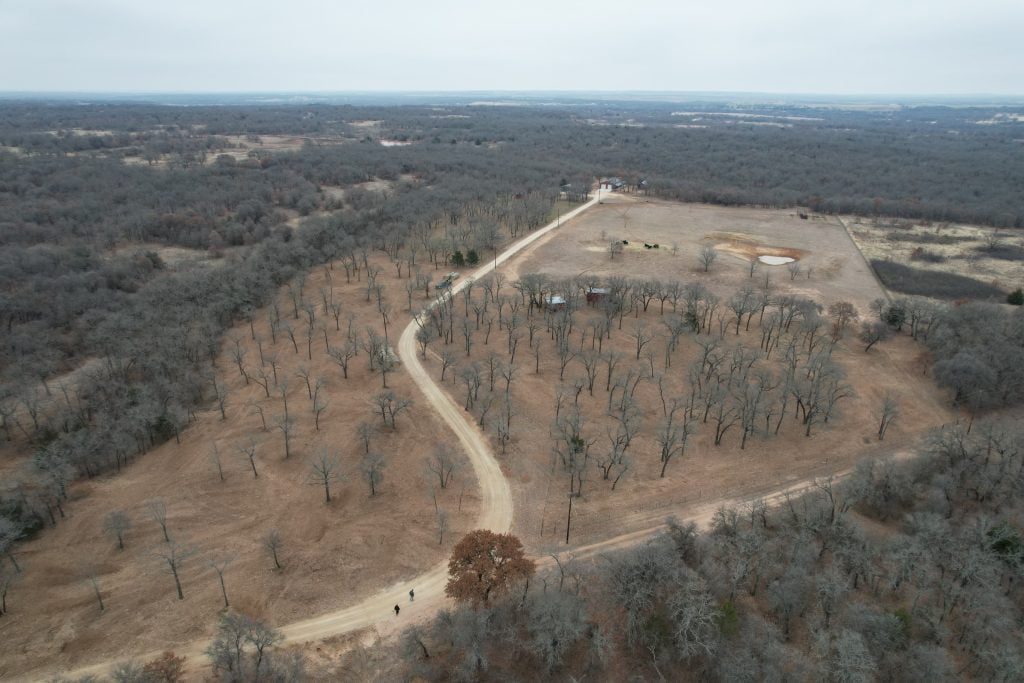
The journey of road construction unfolds as a vital chapter in human history, shaping the course of societal advancement. From basic building materials to the advanced technology of today, the methodologies for constructing roads have undergone significant transformations.
Urban streets and rural byways have become essential for commerce, leading to the adoption of fresh strategies and resources to cope with the increasing demand for convenience. This analysis traverses through the historical epochs, from ancient marketplace avenues to the present landscape of road building in Irving, TX.
Ancient Roads
Throughout history, roads have been the lifelines connecting diverse regions, evolving continuously.
In Mesopotamia, early roads utilized mud bricks with bitumen, featuring raised centers for improved drainage and a smoother journey. The advent of World War II prompted innovations in road construction, streamlining connectivity between urban areas, ranches, and farms through swift transport systems.
This catalyzed a transformative phase for rural roads nationwide, emphasizing not just construction but also the maintenance of highways and associated features like farm roads and ranch paths. The incorporation of proper drainage system designs became a pivotal consideration during this evolutionary process.
Modern Road Construction
The evolution of road building in Irving, TX stands out as a significant improvement, driven by the integration of advanced components and machinery. Modern construction techniques involve a diverse range of materials, from soil stabilizers and asphalt to concrete and dry lean concrete. This shift not only leads to cost-effective road maintenance but also enhances the overall durability of the roads.
Asphalt, a crucial component, is composed of 95% aggregate and 5% binder. Similarly, concrete, frequently employed by the Texas Department of Transportation for highways and major asphalt roads, is a blend of water, sand, cement, and aggregates. The choice between these materials depends on various factors, including the intended purpose of the roadway, traffic volume, and geographical conditions.
Recent developments have ushered in a new era of swift progress in road construction, utilizing advanced machinery like excavators, compact track loaders, and dump trucks. These technological advancements contribute to heightened precision and efficiency in the construction process.
In addition to excavators and dump trucks, wheel loaders, working in tandem with dump trucks, are commonly used. Furthermore, advanced paving equipment plays a crucial role in constructing farm/ranch roads and urban pathways. It’s noteworthy that, while Texas has specific requirements with a focus on cost considerations, various regional elements are taken into account.
Irving Road Building - Essential Steps
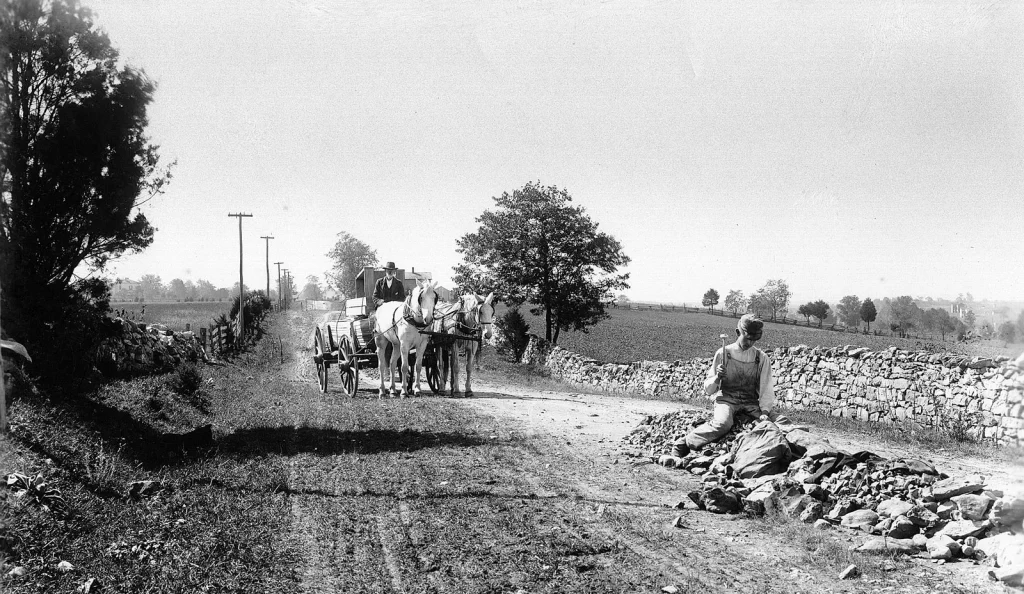
The success of road construction hinges on a meticulous and comprehensive approach, considering various essential phases. From initial design to execution, covering land clearing, earthworks, paving, and quality control, each step plays a crucial role in ensuring the security and stability of the constructed roads.
Delving into specifics, meticulous planning precedes any project, incorporating thorough land-clearing activities such as trench digging, tree removal, and soil grading. Planning also involves a detailed cost analysis, scheduling considerations, and logistics management, ensuring the availability of necessary equipment, skilled labor, and dependable subcontractors. Additional measures include the application of durable asphalt coverings, ensuring longevity with careful oversight from stringent quality assurance measures.
In Irving, TX, and its surrounding areas, Stewart Ranch Services offers a complimentary quote, marking the initial step toward the successful completion of your construction project.
Planning and Design
The process of road building in Irving, TX starts with a meticulous planning phase, a critical element in ensuring the success of the project. During this stage, essential components such as existing and projected traffic patterns, comprehensive cost-analysis data, design sketches, and financial prerequisites are carefully examined. Importantly, the engagement of civil engineers and city planners plays a pivotal role in initiating a detailed planning process before delegating the project to the designated construction company.
In the landscape of road engineering projects, specific considerations come to the forefront, including the establishment of speed limits based on the expected types of vehicles utilizing the roads. Furthermore, the process encompasses angle grading, meticulous assessments of potential view obstructions, and the determination of necessary braking distances. These considerations collectively aim to uphold safety standards tailored to the local community’s needs, ensuring a seamless driving experience while prioritizing the comfort of drivers.
Land Clearing and Site Preparation
Land clearing and site preparation play crucial roles in the process of road building in Irving, Texas. This essential step involves removing vegetation, trees, and other materials from the land before any construction begins. Grading and excavation are integral to creating a level ground surface for future construction, ensuring proper drainage to prevent issues such as potholes in completed roads on farms or ranches.
The significance of land clearing extends to various construction projects, including buildings and roads. Tasks such as adding or removing rock, dirt, trees, soil, trenching, ground excavation, embankment construction, and filling placement are part of this process.
Advanced equipment like farm machinery, mini-excavators, and compact track loaders expedite land-clearing tasks, providing precision in height measurements during grading stages. This precision is crucial for flattening, building, and tilting road locations.
Additionally, the installation of culverts is essential to address potential flooding that could disrupt productivity. These measures create high-quality access routes, connecting markets to local farmers’ lands efficiently.
Employing such tools establishes an ideal foundation-laying system for projects in rural areas, ensuring safe and smooth car travel without encountering bumps caused by rainwater pools or inadequate underlying structures.
The application of paint on pavement and road markings
Ensuring the safety and effectiveness of a highway hinges on the precise application of pavement markings that clearly outline directions and lanes.
Tips for pavement and road marking:
Road marking regulations:
Adhering to the specific road marking regulations of each country is vital for those undertaking extensive road marking projects. The ability to paint diverse lines and symbols in accordance with these standards is indispensable. Employing a multi-gun, multi-color setup, especially a striper with automatic gun control, streamlines the process of creating accurate broken lines.
Curb Marking:
Addressing curb marking challenges is a common obstacle in pavement marking projects. The 90° angle of curbs necessitates a specialized gun configuration for effective spraying, overcoming this frequent hurdle.
Reflective road marking:
Reflective road marking adds another layer of complexity, requiring a special material with glass microspheres. The application of these microspheres demands specific equipment, such as the Graco Linelazer HP reflective series, featuring a pressurized bead reservoir. This advanced system boasts an adjustable nozzle for precise control over the width of the microsphere dispersion, ensuring heightened accuracy.
Irving Road Building - Farm to Market and Ranch Roads
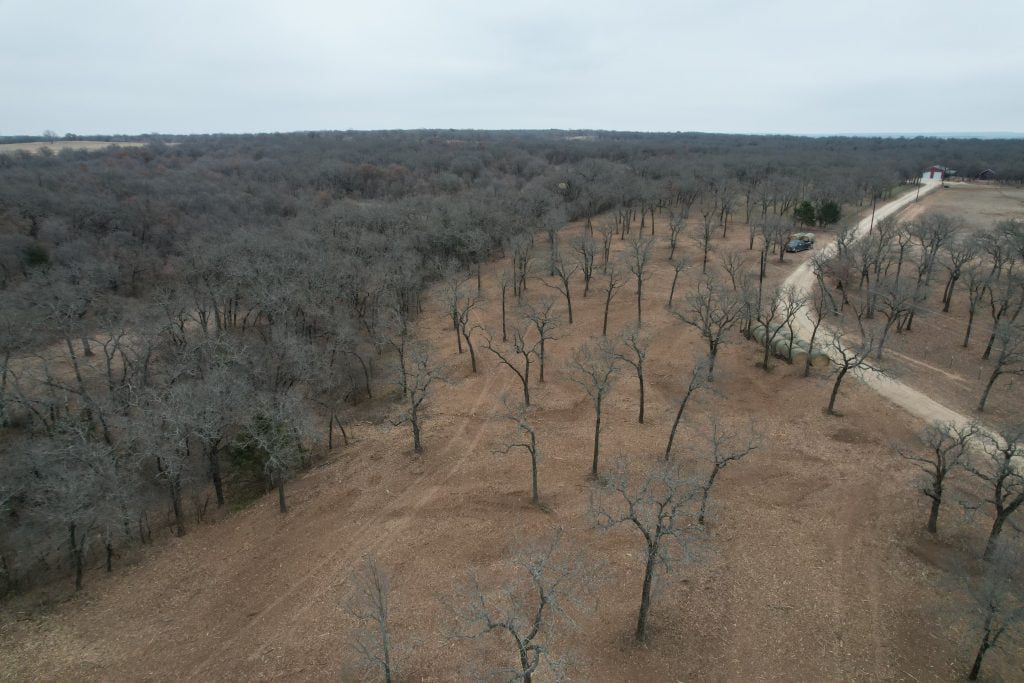
The unique purpose of farm roads lies in connecting rural areas to urban centers and facilitating the transportation of people and goods. However, constructing these roads is a complex task that demands attention to both safety and durability.
The process commences with a thorough assessment of the terrain to design an optimal route, followed by obtaining the necessary permits from authorities. Land clearing and soil preparation precede the actual construction, setting the stage for a robust road network.
Grading and paving are pivotal stages, with the choice between asphalt and concrete depending on specific project needs. Integrating drainage systems, constructing switchbacks, and erecting walls in hilly terrains are essential elements of the road-building process. Each step is integral to the creation of secure and functional routes that align with local agricultural requirements, including those of ranches.
Routine maintenance inspections are crucial for ongoing functionality, focusing on preserving the road’s optimal condition. Installing signage and features like gutter curbs plays a vital role in water control, particularly during periods of heavy traffic, preventing potential flooding.
Irving Road Building - Sustainable Practices
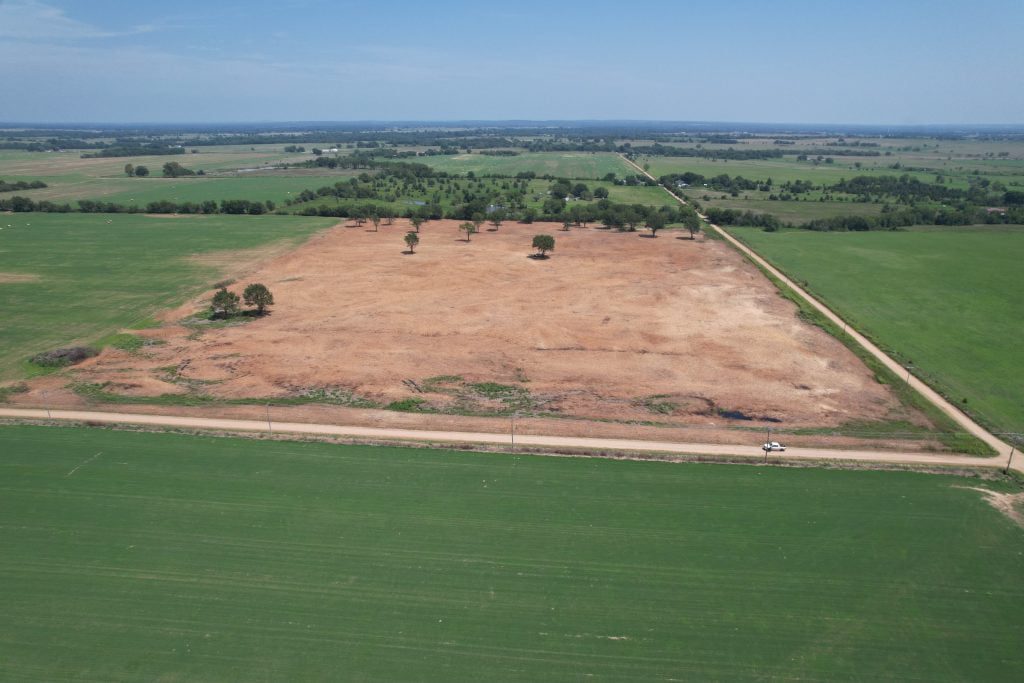
Road building in Irving, Texas involves grappling with environmental considerations, which necessitates a strong focus on sustainable approaches to minimize ecological impact. Prioritizing materials with a reduced environmental footprint that can decompose in an eco-friendly manner is imperative in this context.
Opting for recycled asphalt and concrete, as opposed to new materials, and designing durable products for longevity are effective strategies. These measures not only curtail the volume of materials used but also contribute to significant reductions in maintenance costs. The integration of such practices into the current landscape of road construction lays the groundwork for more environmentally conscious alternatives in the future.
Case Study: Successful Road Construction Project in Texas
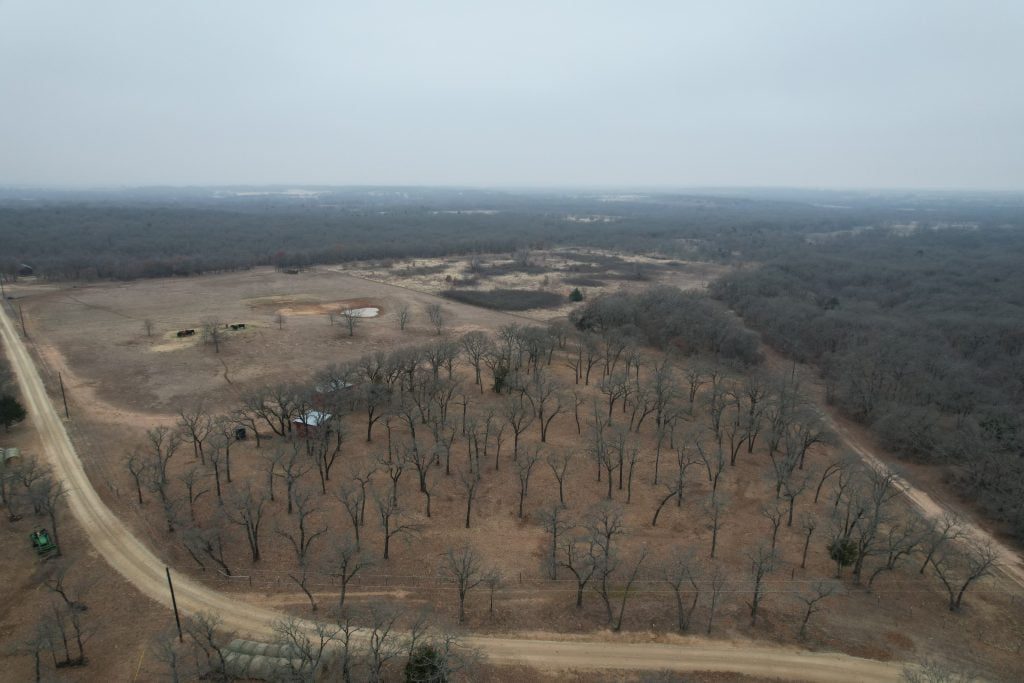
El Paso’s I-10 reconstruction and expansion initiative provides a compelling example of effectively managing the intricacies of road construction, akin to strategies seen in Irving and San Antonio.
Success in this project necessitated thorough preparation in terms of budgeting and adherence to strict timelines. The engagement of experienced personnel committed to continuous training and unwavering adherence to safety protocols was a critical factor. The incorporation of cutting-edge machinery played an equally crucial role, ensuring precision and expediting overall completion.
This case study emphasizes the importance of employing advanced techniques in roadwork, showcasing positive outcomes resulting from deliberate planning, skilled labor, and the use of state-of-the-art equipment within the unique context of highway construction in Texas.
Summary
Road construction’s evolution, from ancient civilizations’ mud bricks and stone to the modern use of advanced materials and machinery, is a remarkable journey. Success in any project hinges on meticulous planning and thorough site preparation.
In Irving, road building has gained increased importance in our interconnected world. Prioritizing the construction of safe and resilient roads that endure for generations involves implementing best practices at every stage, including the careful sourcing of materials such as mud or any other necessary supplies.
Frequently Asked Questions
What is the meaning of road building?
The construction of roads often involves the use of materials such as asphalt and concrete, sourced from mining locations that transport gravel to various plants for processing. These elements are indispensable in Irving road-building endeavors.
How do you build a road?
To build a road, the first step is clearing the land of trees, soil, and ground excavation and then preparing it by grading and sloping. Once the land clearing is completed, layers of sub-bases, binder, and surface course are added.
- Subgrade: we remove all existing grass and topsoil to build a solid road while doing this we fix any grading work needed.
- material types: road base, crushed concrete, screened gravel, asphalt millings.
These materials have proven themselves invaluable in the modern-day process of constructing roads that will stand up over time.
Bring your Irving Road Building project to Stewart Ranch Services and we will take care of everything.
